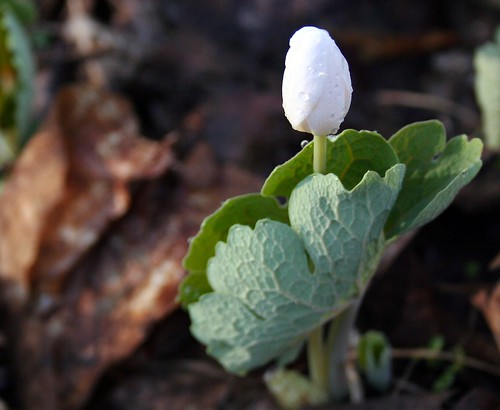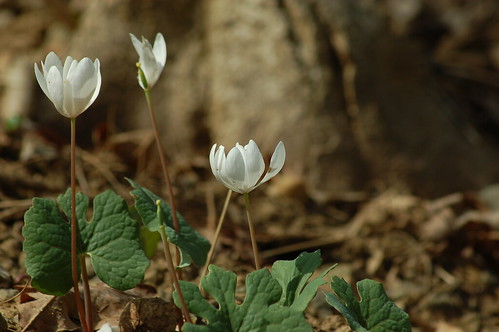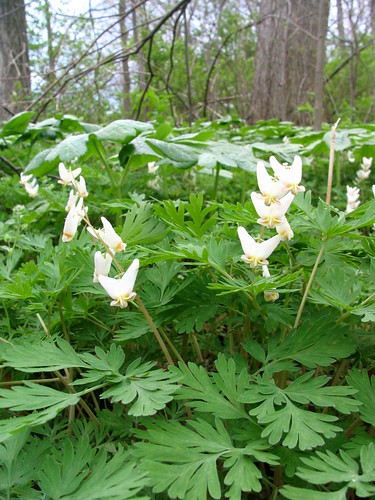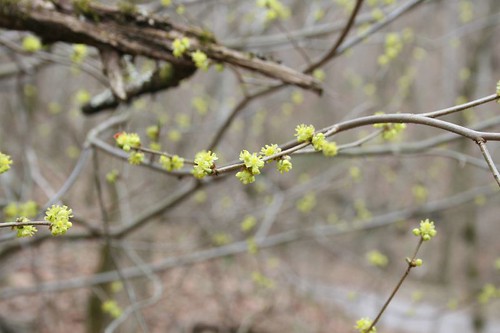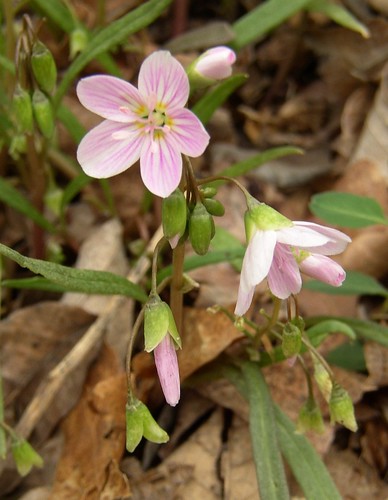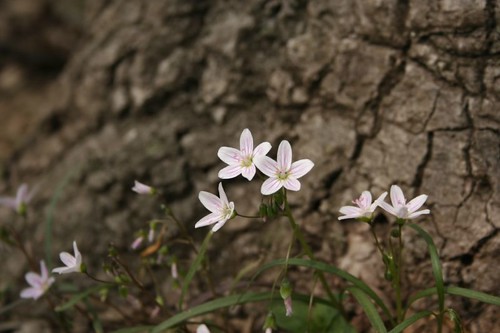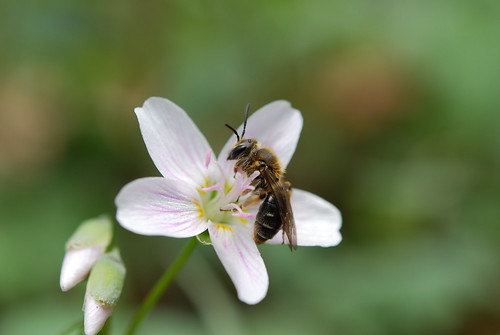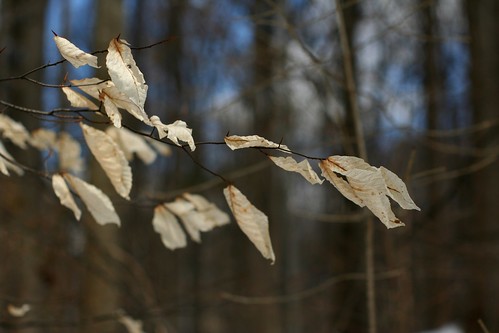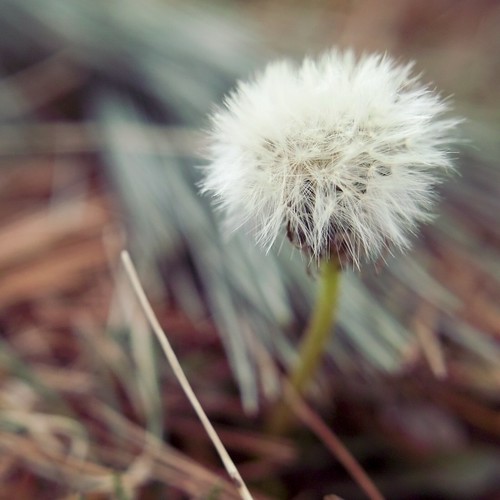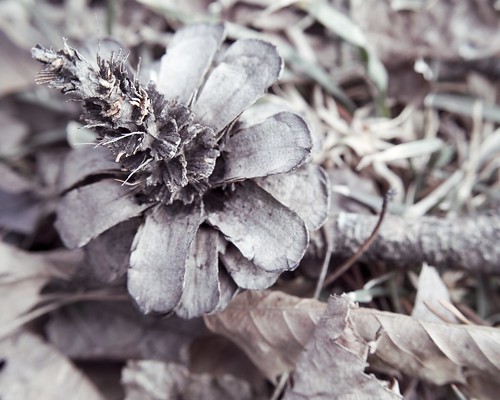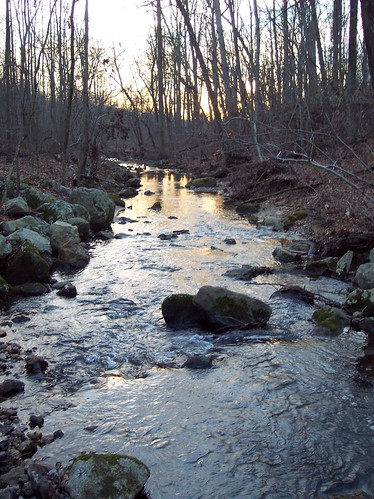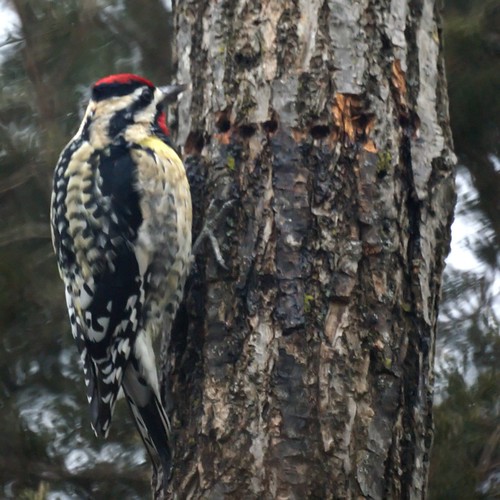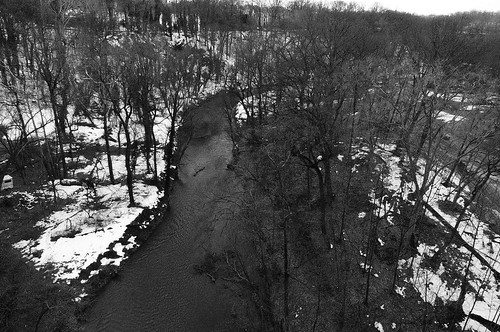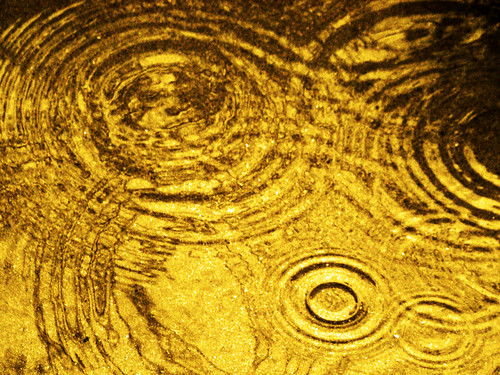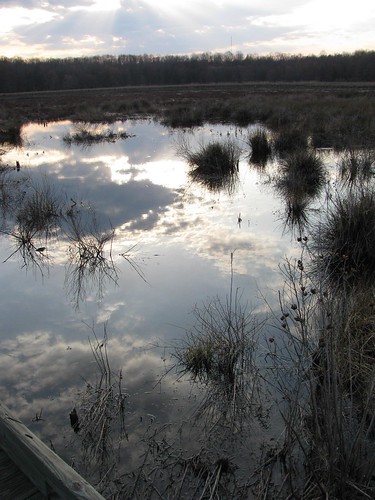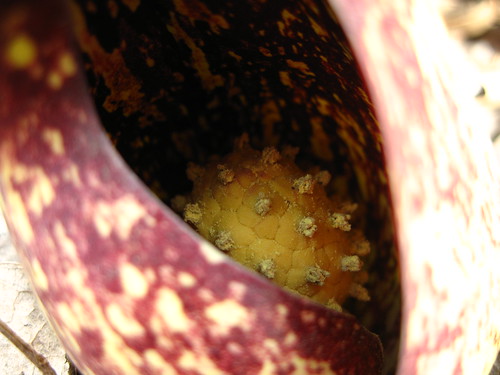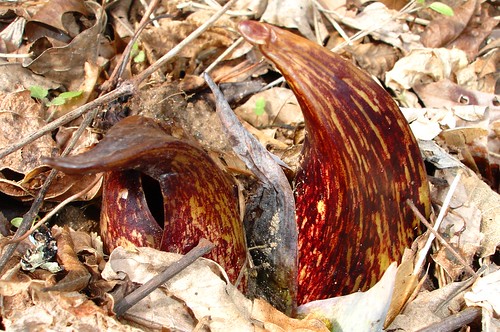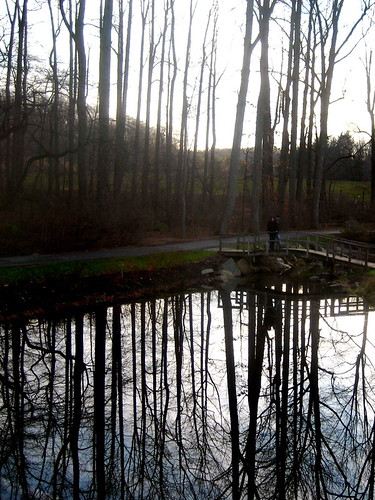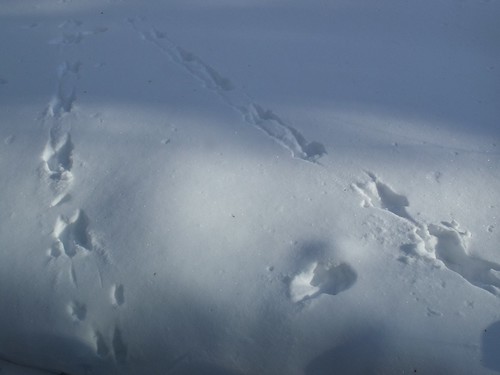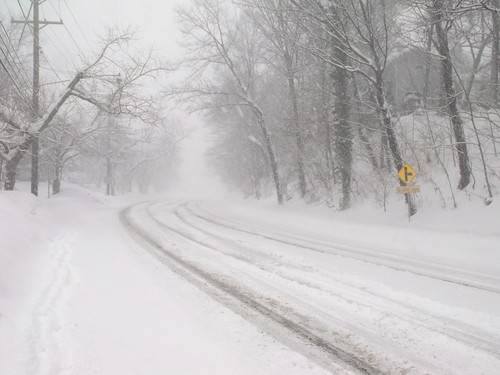But beyond the ephemeral, catch-it-while-you-can nature of these flowers, why do we like them so much? I'm not sure I can put my finger on it. There's just something beautifully simple about the pure white blooms. The flowers can be about 2 inches wide, with at least 7 petals per flower (and up to 12 petals).
And why the gory name for such a lovely plant? If you were to dig up up a bloodroot plant, you would see that the root is red. In fact, when it is cut, the root oozes red juice that's just about the color of blood. It's downright creepy looking.
But please, just take our word for it -- don't go digging. These lovely flowers are struggling to maintain a foothold against invasive species that crowd them out. Then, once they make it through the gauntlet of English ivy, garlic mustard, and lesser celandine, they've got to evade the overpopulated deer, who are happy to make bloodroot part of their early spring salad mix.
But somehow, some bloodroots make it through every year. If you catch them early enough, you can see how the whole bloodroot plant unfurls itself, a single flower bud wrapped inside a single leaf, emerging from the forest floor. That leaf can grow to be as big as an outstretched hand, persisting into the summer. The knobby shape is distinctive long after the flowers have faded away.
You can use those eye-catching leaves to help you find bloodroot seedpods in the summer. They're notable because the seeds include a gooey coating whose entire purpose is to attract ants. Once the seeds fall to the ground, ants will carry them to their nests, eat the coating, and dispose of the seeds intact. William Cullina
Native Americans had many medicinal uses for bloodroot root, and they also used it as a red paint and dye. It is still sometimes sought as a medicinal herb, especially as a treatment for skin cancer, but is generally considered toxic -- and sometimes causes a skin reaction similar to poison ivy. Another reason not to dig it up!
In the wild: Look for bloodroot in areas that have plenty of shade in the summer. You'll find it scattered through many wooded parks in the DC region. It's not uncommon, but the timing can be trickier than the location.
In your yard: Bloodroot would love a spot that will stay shady, cool, and moist (but not wet) in the summer. They're a little tricky to start on your own from seed (the seeds must stay moist), but some native plant nurseries sell them. Check out the native plant sale at the National Arboretum on Saturday!


